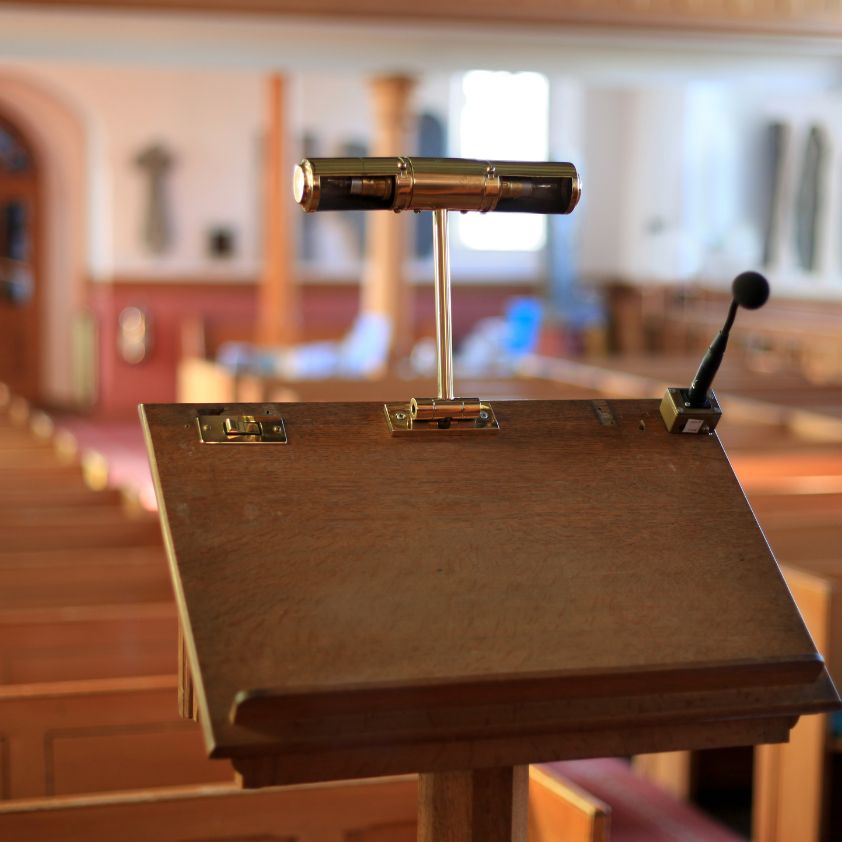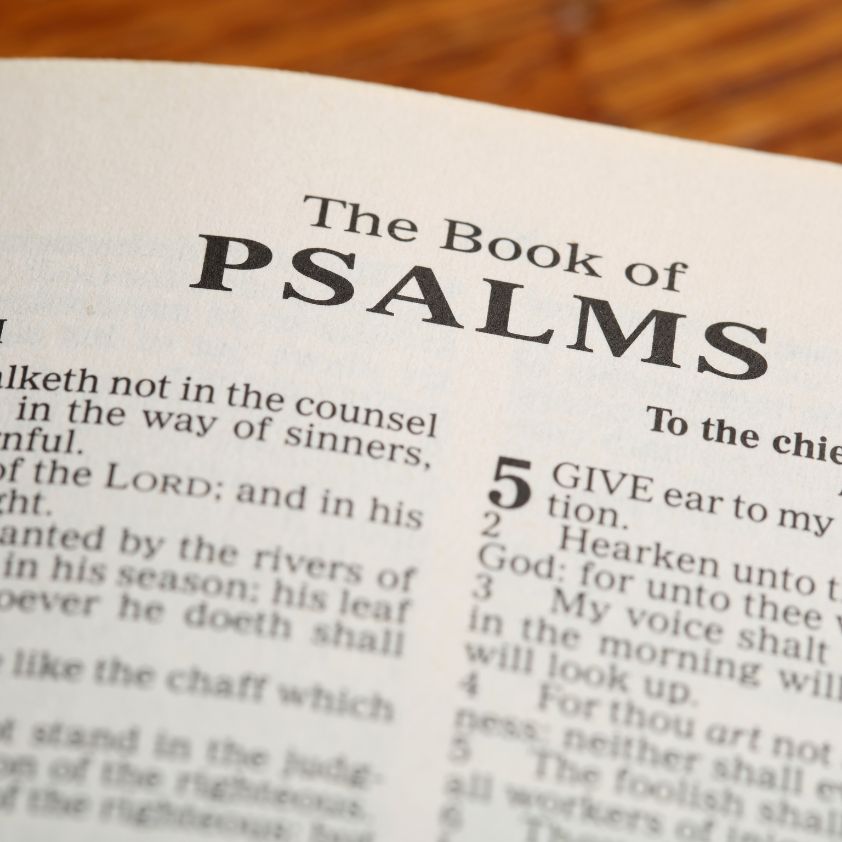
Determining who is IN the Church is among the most controversial questions concerning our understanding of religion, faith, and eternal destiny. It is essential to both ask and answer these kinds of questions, especially in context of unity:
• Which groups are part of the Body of Christ?
• What are the minimum standards to go to heaven when you die?
• Who thinks they are going to heaven but aren’t?
When this age comes to an end, I honestly believe we will all be surprised by who is included and who is conspicuously absent from heaven. Sadly, I have heard prominent church leaders effectively state that whoever doesn’t believe exactly like we do, or worship like us, or dress like we do—they are all going to hell! One even listed them by group and categorized them as “false religion.” He effectively excluded over 1 billion souls from an eternity with Him because of a slight variation in theology concerning faith and works.
While this question of “who’s in” will likely not be answered until we’re in heaven, it must be addressed in a practical manner to define the scope of Church unity. This program does not try to resolve these differences but strives to encourage working together and caring for each other despite our differences per 1 Corinthians 12:25, There should be no schism in the body, but that the members should have the same care one for another.
In Matthew 7:22-23, Jesus shed significant light on this question—It is not our works or our spiritual giftings that warrants our eternal security, it is simply knowing Jesus that includes you into the kingdom of heaven. In 2 Tim 3:16, God did not intend for us to “weaponize” the Bible to cast judgement or create division. Rather, he described the scriptures as profitable for doctrine, reproof, correction, and instruction in righteous.
There are certain conditions whereby people should be separated from the Church. The gospels are clear about the dangers of false prophets and teachers. Similarly, those with a reprobate mind (Rom 1:28) should be shunned until the Holy Spirit can restore them. But when Jesus was confronted by His disciples in Mark 9:38-41 concerning false teachers, He brought clarity to the question of differences in the Church, “whoever is not against us is for us!”
We cannot conclude that others are wrong simply because they have different traditions and preferences.
The scriptures refer to two pivotal events where diverse groups of believers from different cultures and traditions came together as one. Two thousand years ago, after Jesus was crucified and rose again, 120 followers of Jesus came together in one place (accord) to pray and wait for God’s next move. The Holy Spirit was released to all people to empower each one to become witnesses to the entire world. This resulted in a monumental change in the Church that endures today.
Twelve hundred years earlier, the Tribes of Israel were isolated by their differences and had little interaction. Yet before they could enter the Promised Land (Canaan), the tribes came together as one despite generations of focusing solely on their differences. The Hebrew word hahal describes a unified group. This unified congregation was vital to God’s design, and He was waiting for this transformation before they could go forward to fulfill their destiny. Only when the Hebrews came together as one were they ready to enter Canaan, the promised land. Read Numbers 20.
Could this pattern of unity hasten the second coming of Christ? I believe it could happen in our lifetime if we—like previous generations in the Church—will band together as ONE!



